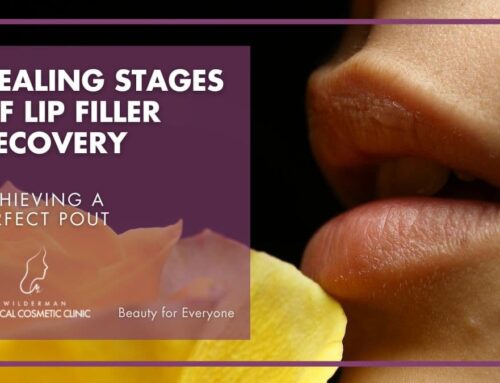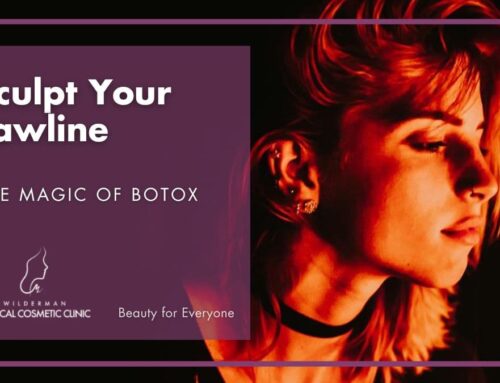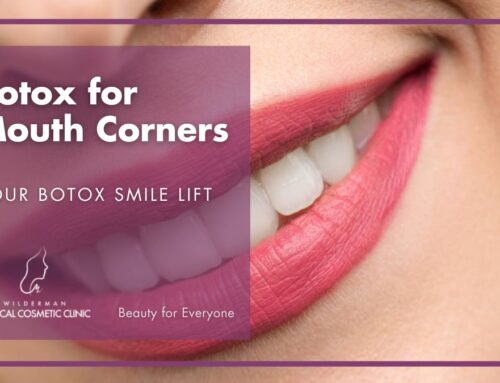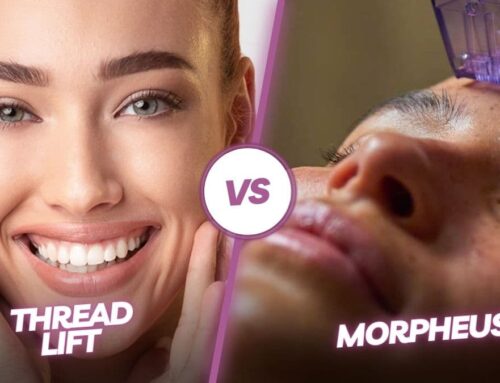Fillers for cheek enhancement
Secret to Youthful Radiance
Cheek fillers are special injections that help bring back the fullness of your cheeks, making you look fresh and vibrant.
The best part? There’s no need for surgery, and you’ll be back to your routine in no time because there’s minimal downtime. So, if you’re dreaming of plump and youthful cheeks without going under the knife, cheek fillers might be just the trick for you!
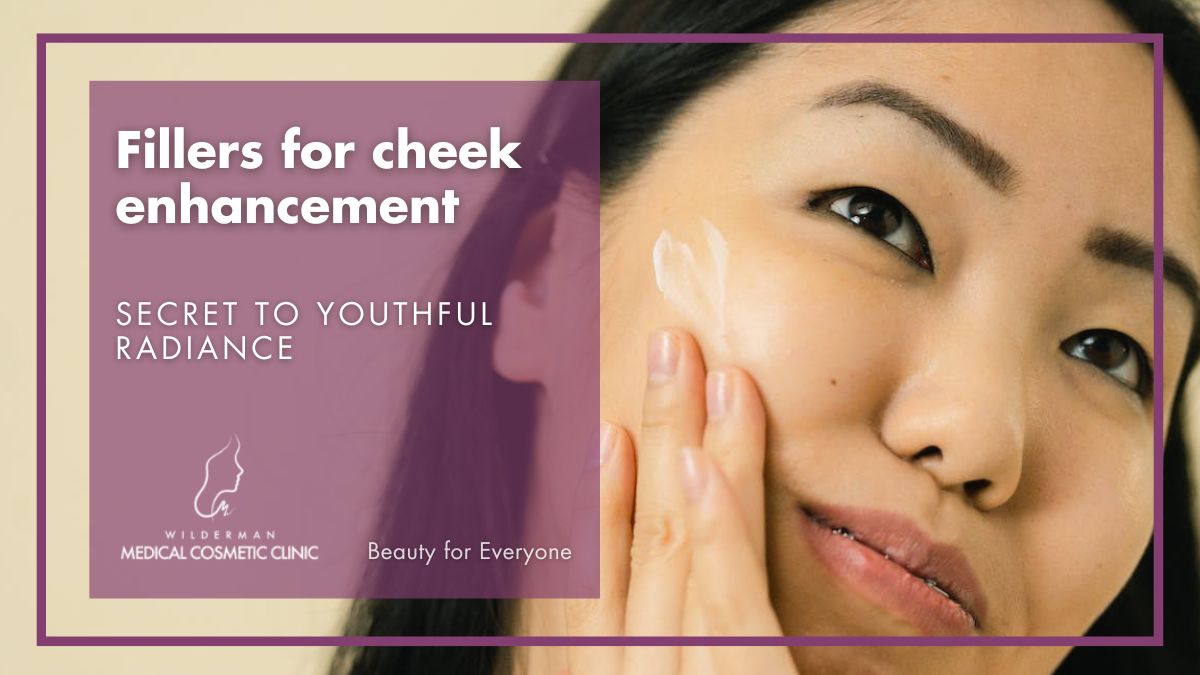
Get immediate answers to your questions about treatment options, costs, expected outcomes, and more.
- Expert Diagnosis
- Customized Treatment Plans
- No Obligation
- Comfort and Privacy
- Immediate Answers
What are cheek fillers?
Cheek fillers also referred to as dermal fillers or soft tissue fillers, are cosmetic injections intended to enhance and replenish volume, in this case specifically in the cheeks.
Administered by specialists, these injections target the area around and above your cheekbones.
They are frequently employed to combat signs of aging, such as sagging or sunken cheeks, resulting in a rejuvenated and lifted appearance. There are various types of cheek fillers, and your skincare specialist will guide you in selecting the most suitable option based on your treatment goals.
Benefits of cheek fillers
Some of the key benefits of cheek fillers include:
- Improved Cheekbone Definition: Fillers can be strategically placed to enhance cheekbone definition, creating a more sculpted and aesthetically pleasing facial structure.
- Reduced Wrinkles and Folds: Cheek fillers can soften the appearance of wrinkles and folds, such as nasolabial folds (smile lines) and marionette lines, by providing structural support to the mid-face.
- Lifted and Rejuvenated Appearance: Cheek fillers can lift sagging or drooping cheeks, contributing to a rejuvenated and more youthful appearance.
- Non-Surgical Alternative: Cheek fillers offer a non-surgical and minimally invasive alternative to more extensive facial procedures, such as facelifts.
- Customizable Results: The amount and placement of cheek fillers can be customized to meet the individual’s specific goals and preferences, allowing for a personalized and natural-looking result.
- Quick and Convenient: The procedure is typically quick, and there is minimal downtime. Many individuals resume their normal activities shortly after the treatment.
- Temporary and Reversible: Most dermal fillers, including those used for the cheeks, are temporary. This allows individuals to try the treatment without committing to permanent changes.
- Improved Skin Texture: Cheek fillers can contribute to improved skin texture and hydration by stimulating collagen production in the treated areas.
- Natural-Looking Results: When administered by a skilled and experienced healthcare professional, cheek fillers can provide natural-looking results that enhance rather than dramatically alter the facial appearance.
It’s important to consult with a qualified skincare professional to discuss individual goals, assess candidacy, and determine the most appropriate treatment plan. While cheek fillers offer numerous benefits, it’s essential to approach the procedure with realistic expectations and to follow post-treatment care instructions for optimal results.
Ready to rejuvenate your cheeks?
Discover the secret to youthful radiance with our personalized Fillers Treatment Plan session. Get a FREE Personalized Plan Session
Types of cheek fillers
There are several types of cheek fillers, each with its unique characteristics. The main categories include:
Hyaluronic acid (HA):
HA fillers are one of the most popular types of dermal fillers used to enhance facial features, including the cheeks. Hyaluronic acid is a naturally occurring substance in the body that helps maintain skin hydration and volume.
HA fillers work by attracting and retaining water molecules, which adds volume to the treated area. They integrate seamlessly with the skin’s own hyaluronic acid.
Studies have shown that you can make the area around your eyes and cheeks look younger safely and effectively by using a mix of two fillers made of hyaluronic acid, each with its own thickness (Tung et al., 2012).
HA fillers are reversible using an enzyme called hyaluronidase. This enzyme can break down and dissolve the HA filler, allowing for corrections or adjustments.
Calcium Hydroxylapatite (CaHA):
CaHA is another type of dermal filler used to address volume loss in the face. CaHA is a mineral-like compound found in bones and teeth, and it is biocompatible to the body.
Unlike hyaluronic acid fillers, which add volume by attracting and retaining water, CaHA fillers work by stimulating the production of collagen, a protein that provides structure and support to the skin.
Poly-L-Lactic Acid (PLLA):
PLLA is another type of dermal filler used for cheek enhancement. PLLA is a biocompatible and biodegradable synthetic substance.
Unlike hyaluronic acid fillers that add immediate volume or calcium hydroxylapatite fillers that stimulate collagen, PLLA fillers work by stimulating collagen production over time.
Polymethyl Methacrylate (PMMA):
PMMA is a synthetic substance used as the main component in certain types of dermal fillers.
PMMA microspheres are suspended in a gel carrier. When injected, the gel provides immediate volume, while the microspheres create a scaffold that stimulates collagen production over time.
PMMA fillers are considered semi-permanent, with results that can last for several years. The long-term effects are due to the collagen-stimulating properties of the microspheres.
Autologous Fat Injections
Autologous fat injections, also known as fat grafting or fat transfer, involve harvesting fat from one part of the patient’s body and injecting it into another area to add volume or improve contours.
The longevity of results can vary, but some of the injected fat typically integrates into the surrounding tissues and can provide long-lasting volume enhancement.
Who’s a good candidate?
Here are some characteristics of individuals who may be good candidates for cheek fillers:
- Individuals who wish to enhance their facial features, create more defined cheekbones, or improve the overall balance and symmetry of their face may benefit from cheek fillers.
- Candidates should be in good overall health and free from conditions that may increase the risk of complications during the procedure.
- Individuals considering cheek fillers should not have allergies to the specific filler being used. It’s important to discuss any known allergies or sensitivities during the consultation.
Successful outcomes also depend on the patient’s commitment to following post-treatment care instructions provided by the skincare professional.
Good candidates have realistic expectations about the outcome of the procedure. It’s important to understand that while cheek fillers can provide noticeable improvements, they are not a permanent solution.
Dreaming of plump, vibrant cheeks without surgery?
Enhance your cheekbones and reclaim your youthful glow with our expert team. Book a Personalized Treatment Plan “For Free”
What to expect during your treatment?
The specific details of your cheek filler treatment can vary based on factors such as the type of filler used, the areas being treated, and the individualized plan created by your skincare provider. However, here is a general overview of what you can typically expect during a cheek filler treatment:
What to expect after your treatment?
After receiving cheek filler treatment, you can expect both immediate and gradual changes in the treated area. Here is an overview of what to expect after your cheek filler treatment:
How long do the results last?
The duration of cheek fillers can vary depending on the type of filler used and individual factors. In general:
- Hyaluronic Acid Fillers: Typically last 6 to 18 months.
- Calcium Hydroxylapatite Fillers: Results may persist for around 12 to 18 months.
- Poly-L-Lactic Acid Fillers: Results are gradual, and the effects may last up to two years.
- Polymethyl Methacrylate: PMMA fillers are considered semi-permanent, with results that can last for several years.
- Autologous Fat: The longevity of results can vary, but some of the injected fat typically integrates into the surrounding tissues and can provide long-lasting volume enhancement.
It’s important to note that individual experiences may vary, and factors like metabolism, lifestyle, and the specific product used can influence the longevity of the results. Regular maintenance sessions may be recommended to sustain the desired effects over time.
Risks and contraindications of cheek fillers
While cheek fillers are generally considered safe and well-tolerated, like any medical procedure, there are potential risks and contraindications that individuals should be aware of.
Risks:
- Bruising and Swelling: Mild bruising and swelling are common after the injection and usually subside within a few days. Applying ice and following post-treatment instructions can help minimize these effects.
- Redness and Tenderness: Some individuals may experience temporary redness and tenderness at the injection site.
- Infection: Although rare, there is a risk of infection at the injection site. It’s essential to follow proper hygiene practices and report any signs of infection, such as increased redness, swelling, or pain.
- Allergic Reactions: While allergic reactions are uncommon with hyaluronic acid fillers, they can occur. It’s important to inform your skincare provider of any known allergies or sensitivities.
- Lumps or Nodules: In some cases, lumps or nodules may form under the skin. These can often be massaged out, but in rare cases, additional treatment may be required.
- Vascular Complications: Injections in certain areas may inadvertently affect blood vessels, leading to vascular complications. This can result in skin necrosis (tissue death) or other serious issues. Skilled practitioners take precautions to minimize such risks.
- Asymmetry or Overcorrection: In some cases, there may be an uneven distribution of filler, leading to asymmetry or overcorrection. This can often be adjusted with additional treatment.
Contraindications:
- Pregnancy and Breastfeeding: The safety of fillers during pregnancy and breastfeeding has not been thoroughly studied, so it is generally recommended to avoid these procedures during these times.
- Active Infections: Individuals with active skin infections or systemic infections should postpone filler treatments until the infection is resolved.
- Allergies to Filler Components: Individuals with known allergies to the specific filler being used or its components should not undergo treatment with that particular filler.
- Autoimmune Disorders: Individuals with certain autoimmune disorders may have an increased risk of complications and are often advised against filler injections.
- Bleeding Disorders: Individuals with bleeding disorders or those taking blood-thinning medications may have an increased risk of bruising and bleeding at the injection site.
- Poor General Health: Individuals in poor overall health may not be suitable candidates for filler treatments.
- Previous Complications: Individuals who have experienced complications with dermal fillers in the past may need to reconsider further treatments.
Always follow post-treatment care instructions and report any concerning symptoms to your healthcare provider promptly.
Takeaway
Cheek fillers are like special injections that make your face look better by adding volume to your cheeks. They’re made from things like hyaluronic acid, calcium hydroxylapatite, or poly-L-lactic acid. The injections go under your skin to help with signs of aging, like when your cheeks start to sag or look empty.
The best part? It’s not surgery, and you won’t need a lot of time to recover.
Cheek fillers give you an instant refreshed look, subtly lifting and defining your cheeks for a more natural appearance.
Before getting cheek fillers, it’s super important to talk to a qualified skincare professional. They’ll check your medical history, discuss any potential risks, and make sure cheek fillers are the right choice for you.
Reference
Tung R, Ruiz de Luzuriaga AM, Park K, et al. Brighter eyes: combined upper cheek and tear trough augmentation: a systematic approach utilizing two complementary hyaluronic acid fillers. Journal of Drugs in Dermatology: JDD. 2012 Sep;11(9):1094-1097. PMID: 23135653.
Fried RG. Filler cheeks: a bright idea? The “eyes” have it. J Clin Aesthet Dermatol. 2011 May;4(5):44-7. PMID: 21607194; PMCID: PMC3100112.
Healthline. Cheek Fillers: What You Need to Know. https://www.healthline.com/health/cheek-fillers#about.
Cleveland Clinic. Cheek Filler. https://my.clevelandclinic.org/health/treatments/24260-cheek-filler.
Pavicic T. Complete biodegradable nature of calcium hydroxylapatite after injection for malar enhancement: an MRI study. Clin CosmetInvestig Dermatol. 2015 Feb 9;8:19-25. doi: 10.2147/CCID.S72878. PMID: 25709485; PMCID: PMC4330000.
Fillers: Insights and Key Information
Personalized Fillers Solutions at Thornhill’s Wilderman Cosmetic Clinic: Your Path to Flawless Skin
What are dermal fillers? Youthful boost to your look – Dermal fillers are a type of cosmetic treatment that involves injecting a substance, usually a hyaluronic acid-based gel, into the skin to add volume and smooth out wrinkles and fine lines.
Dermal Filler Treatments – Wilderman Cosmetic Clinic specializes in providing top-notch Dermal Filler services tailored to people just like you. With a focus on natural-looking results and the highest standards of safety and expertise, we ensure that every treatment enhances your beauty and confidence.
Botulinum Toxin vs. Fillers: Decoding the World of Injectable Aesthetics – In the ever-evolving world of aesthetic enhancements, the battle of injectables remains fierce. Two popular contenders, botulinum toxin (commonly known as Botox, Dysport, or Xeomin) and fillers (Restylane, Juvederm, etc.), have taken …
Fillers for Nasolabial Folds: Rejuvenate Your Smile with Confidence – As we age, one of the most prominent signs is the appearance of nasolabial folds, also known as smile lines. These lines extend from the corners of the nose to the corners of the mouth, often becoming more …
Dermal Filler (Foot) – What is foot cushioning dermal filler? A new level of comfort for your foot. As we age, foot pain and discomfort become increasingly common because we lose fat pads at the bottom of our feet. Wilderman Cosmetic Clinic can provide you with a quick, safe, and easy …
Fillers for chin augmentation: Injectable substances enhancing chin volume, contour, and definition non-surgically – Chin fillers, also known as dermal fillers or soft tissue fillers, are injectable substances used to add volume, contour, and definition to the chin area. These fillers are …
Maintaining Your Beautiful Feet: Aesthetic and Functional Benefits of Foot Filler – Our feet are the unsung heroes of our bodies, carrying us through life’s adventures. However, they often don’t get the attention they deserve when it comes to beauty and …
Stay Ahead of the Beauty Curve
Beyond Beauty: Elevate Your Routine with Insider Tips and Breakthroughs – Subscribe Now!
Transform your beauty routine into something extraordinary!


